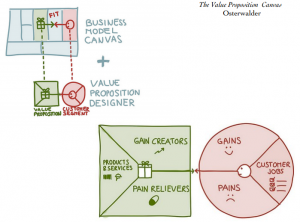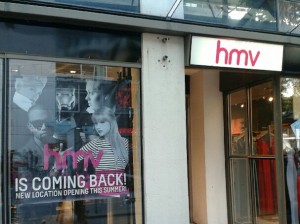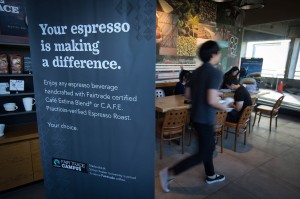The question given to us is the following:
If the United Nations was fully funded, why would we need the Arc or social enterprise?
After reading and educating myself about the many issues people face and how the United Nations as well as the Arc Initiative and social enterprise handle these situations, it is evident to me that regardless of the amount of funding the United Nations has, the Arc and social enterprise encounter these issues in ways the UN does not.
The United Nations, an incredible organization, has done wonders for the world. With that said, the UN does fall short in some areas. The organization, although improving the lives of many, doesn’t quite reach as far as the Arc and social enterprise. For example, the UN, although a problem solver, does not provide any group with the knowledge or the ability to solve its own problems, whereas “each [member of the Arc Initiative] has a diverse story to tell, yet they all share a passion about connecting to global communities through the sharing of knowledge” (as stated here).
After reading through the many stories and experiences those involved in the Arc share, I can see so clearly that these students are incredibly passionate about the projects they encounter – a key contributor to any success story.
Sources:
http://www.sauder.ubc.ca/Global_Reach/ARC_Initiative/
http://www.socialenterprisecanada.ca/learn/nav/whatisasocialenterprise.html
http://skollworldforum.org/about/what-is-social-entrepreneurship/






